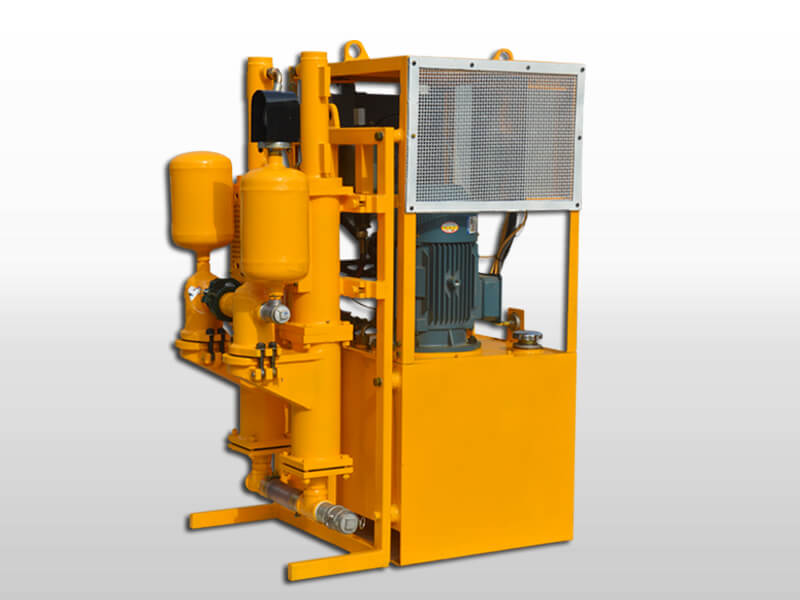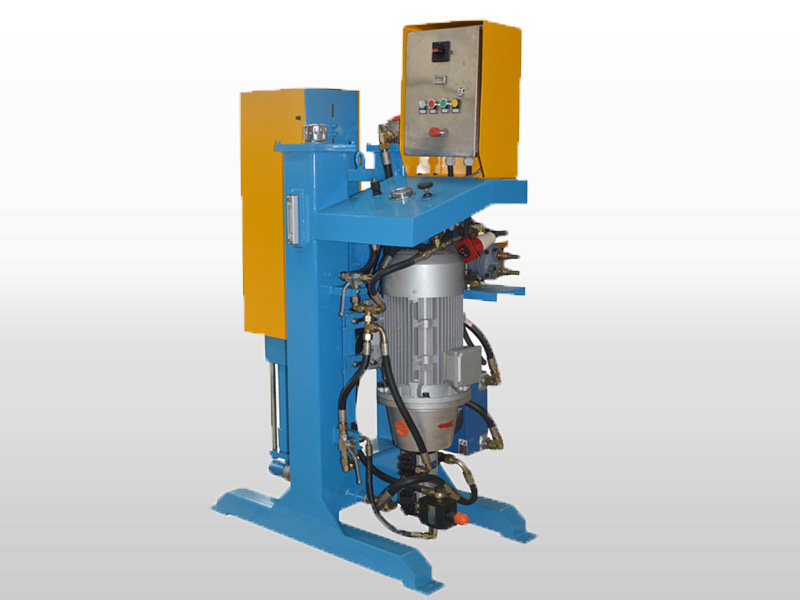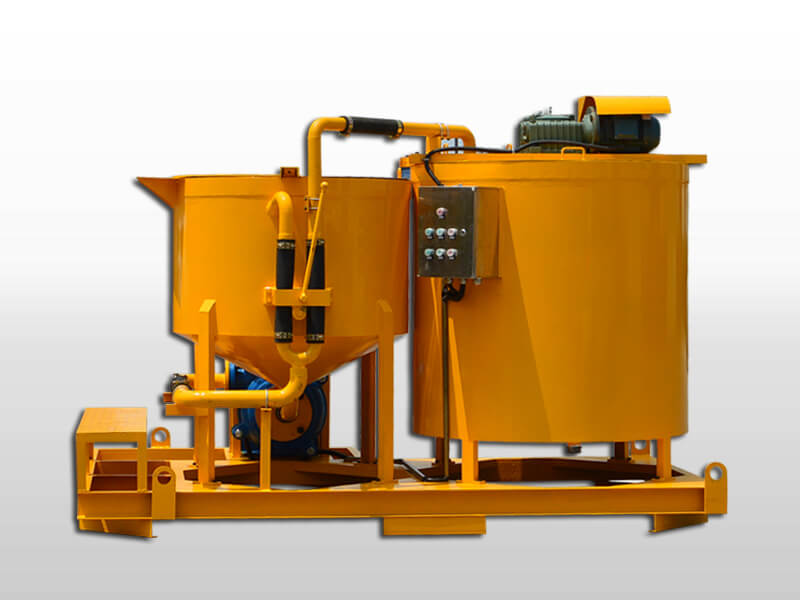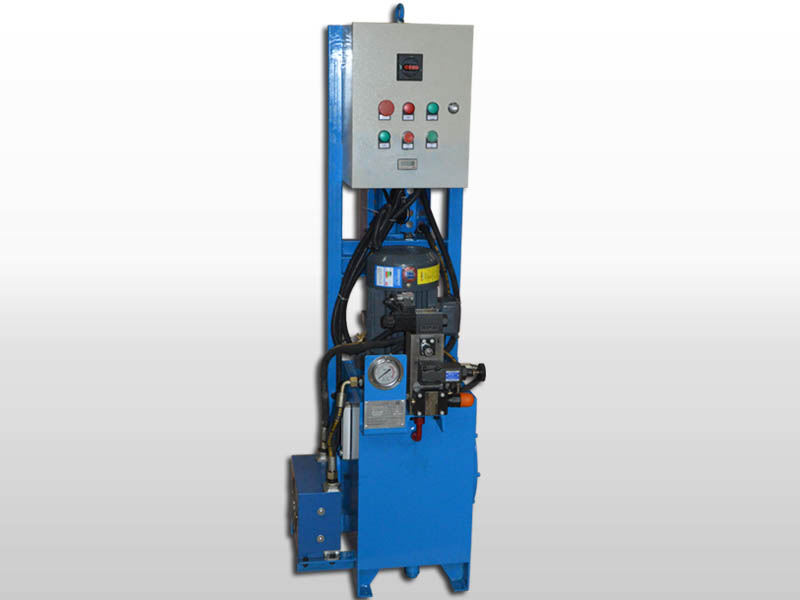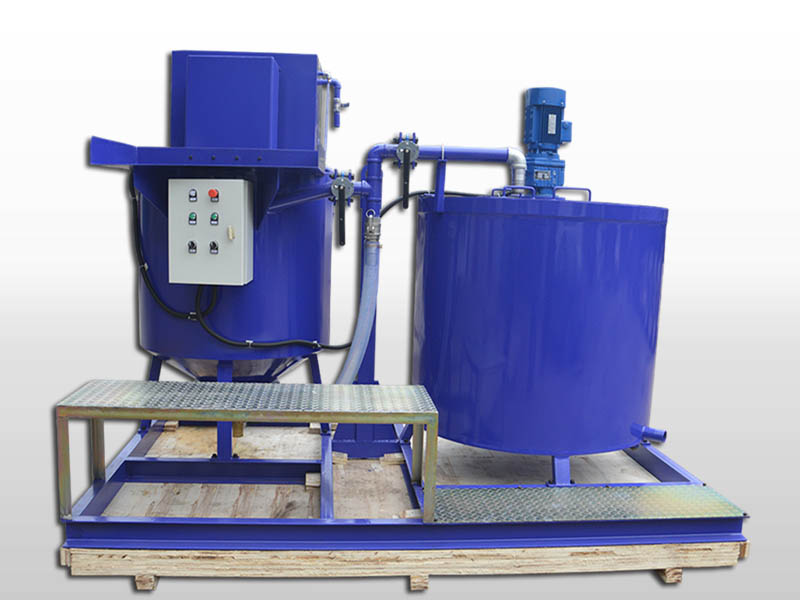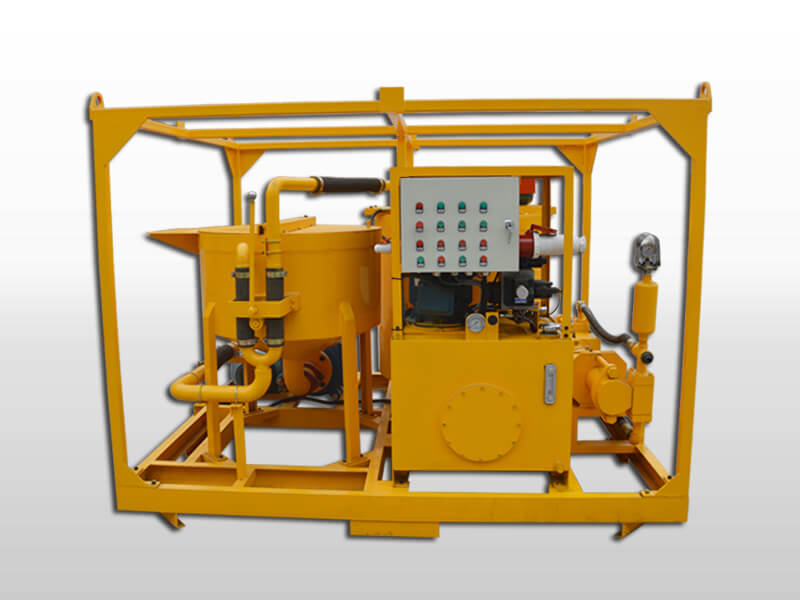perfect structure sand cement grout equipment
Cement Grouting for Cracks in Concrete and Masonry
Fig: Procedure for pressure grouting of concrete. Equipment for Cement Grouting in Cracks. The equipment required for cement pressure grouting are: i) Air compressor with a capacity of 3 to 4 cum/ per minute and with a pressure of 2 to 4 kg per sq.cm.
Sandblasting of Concrete Surfaces| Concrete Construction
Sandblasting is one of the many methods used to texture the surface of hardened concrete. The degree of blasting may vary from light cleaning to a deep cutting operation that exposes aggregates to a three-fourth of an inch depth of more. Although the actual sandblasting operation is not particularly …Author: Author/T-W-Hunt
What are the differences between epoxy grout, cement grout
it’s foundation is called grout and the process of filling grout is called grouting. The main objectives of grouting is to maintain alignment of the erected structure or equipment etc. accurately as well as to render the combination of it and it’s foundation … Regarding testing of cement-sand grouts prepared in-situ with OPC, cube …
30 Top Tools for the Concrete Construction Site
Cement mortar is normally a mixture of cement, water and sand (typical proportion by weight is 1:0.4:3). It is intended that cement mortar is constructed by placing and packing rather than by pouring. They are used as bedding for concrete kerbs in roadwork.
Grout – Wikipedia
Concrete rakes also have a tine on the back of the blade to help lift rebar or mesh into position before the concrete begins to harden. Tampers A tamper is used with low slump concrete to push the aggregate below the slab surface. There are types that are used standing on the wet concrete or roller types that can be used from the slab edge …
Sand and Gravel in Concrete | Shelly Company
Grout is generally a mixture of water, cement, and sand and is employed in pressure grouting, embedding rebar in masonry walls, connecting sections of pre-cast concrete, filling voids, and sealing joints such as those between tiles. Common uses for grout in the household include filling in tiles of shower floors and kitchen tiles.
1926.701 – General requirements | Occupational Safety and
Jan 30, 2014· But of course the water makeup isn’t the only consideration. The sand and the aggregate help to reduce the cost and also limit the amount of shrinking that happens to the concrete as it cures. In order to produce a strong, resilient concrete mix, you need to get the ratio of aggregate to sand to cement …Author: E3admin
Foam concrete – Wikipedia
Construction loads. No construction loads shall be placed on a concrete structure or portion of a concrete structure unless the employer determines, based on information received from a person who is qualified in structural design, that the structure or portion of the structure …
Parchem | Construction Grout (Construction Products)
Foam concrete, also known as Lightweight Cellular Concrete (LCC), Low Density Cellular Concrete (LDCC), aircrete, foamed concrete, foamcrete, cellular lightweight concrete or reduced density concrete, is defined as a cement based slurry, with a minimum of 20% (per volume) foam entrained into the plastic mortar.
Masonry and Cement Products Buying Guide – lowes.com
Another major factor that influences mixes is the type and amount of aggregate – sand and stone – that are included in the mix. The guiding principle of mix design is to pack as much aggregate into the mix as possible to make the mixes economical and to … Perfect Concrete Mix Design …
Concrete Testing Equipment, Non-Destructive Testing
The addition of a controlled amount of clean water produces a flowing grout for gap thicknesses up to 100 mm. Construction Grout is a blend of Portland cement, graded fillers and chemical additives which impart controlled expansion in the plastic state whilst minimising water demand. The low water demand ensures high early strength.
Epoxy vs. Cement Grout — What’s the Difference?
Material Characteristics Uses; Concrete Mix Preblended combination of cement, sand and gravel: Must be used in conjunction with rebar or wire remesh: Use of applications greater than 2-in thick Good choice for walks, steps and pads: Fast-Setting Concrete A special blend of fast-setting cement, sand and gravel: Sets hard in 20 to 40 minutes No mixing required when setting posts Pour dry mix …
Concrete testing equipment for the testing of concrete. … Compression tests reveal the compressive strength of a concrete structure by applying force sufficient to crush the sample. Compressive strength is a primary consideration in design and construction of concrete structures.
Epoxy grout has become more and more popular among tile contractors and builders. I find new benefits every time I use this product. Unlike cement grout, which is made from a cementitious powder mix, epoxy grout is made from epoxy resins and a filler powder. The grout is extremely durable and almost completely stainproof.


